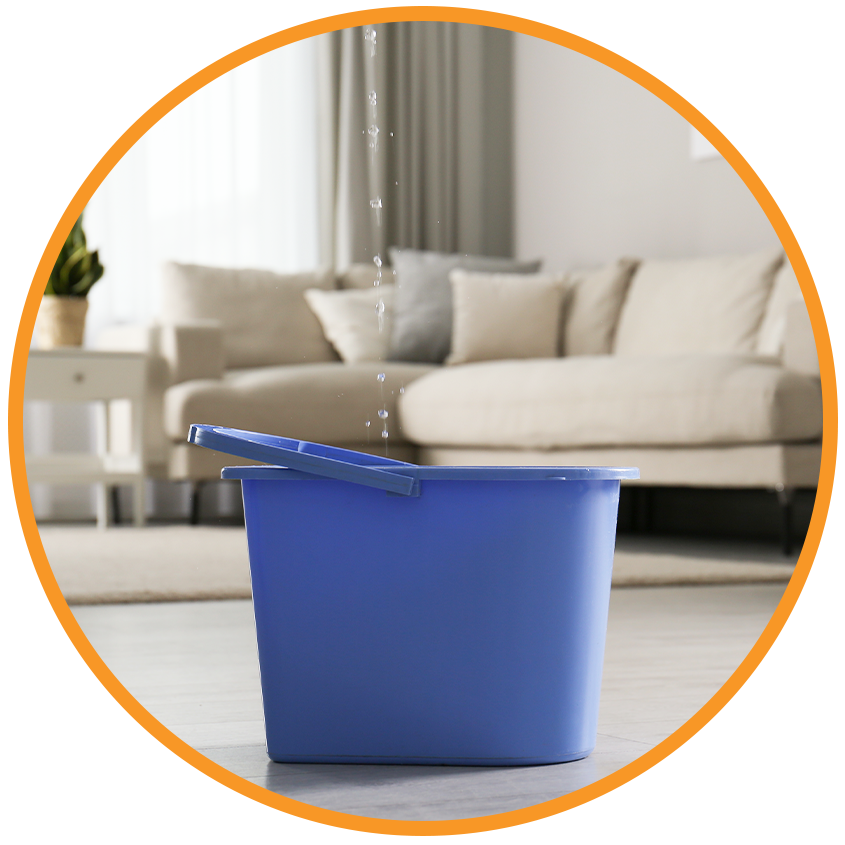Gerald V. Richardson
L & F Training Center Office
Recruiting & Career Development
Virginia Beach, Virginia 23455
Office:
079 2636 8407
Email:
admin@cnrealestate.com
Home » entertainment,games,information,vehicles,shopping,business,computer,people,society,food,world,random

Water damage is a significant threat to the integrity of any property. It can occur suddenly and lead to disastrous consequences if not addressed promptly. Whether the source is a leaky pipe, heavy rainfall, or an appliance malfunction, understanding the water damage removal process is essential to mitigating risks before they escalate. In this unique guide, we will explore the steps involved in water removal and the significant benefits of professional assistance. One of the best strategies for avoiding problems is to regularly inspect your plumbing for extraction process.
Water damage can take many forms, impacting homes and businesses alike. It can occur suddenly or develop over time and is often classified into three categories: clean water, gray water, and black water. This classification helps determine the appropriate approach for effective water damage removal.
Facing water damage can be overwhelming, but quick action can make a significant difference. Follow these steps to help minimize the damage. Many homeowners underestimate the impact of hidden water damage that can arise from poor drainage.
Effective water damage removal involves a series of critical steps to restore your home or business to its pre-damaged condition. Each phase is crucial for a thorough and lasting recovery.
The first and most urgent step involves removing all standing water. This is done using high-capacity pumps and specialized vacuums to ensure thorough extraction. The quicker the water is removed, the less damage there will be overall.
Next comes the dehumidification process, which utilizes industrial-strength dehumidifiers and air movers to lower humidity levels and aid in evaporation. Effective drying prevents mold growth and secondary damage.
Post-extraction, affected surfaces need thorough cleaning and sanitization. This eliminates moisture-loving bacteria and mold spores, ensuring that your space is safe and healthy.
Finally, restoration involves repairing and replacing any damaged materials such as flooring, drywall, or insulation to return your property to its original condition.
Though DIY methods may seem viable, hiring professionals can save you time, stress, and additional costs. Here are some compelling reasons to consider professional assistance:
Preventing water damage before it occurs is just as critical as knowing how to manage it afterward. Here are some strategies to reduce your risk:
Q: How quickly should I address water damage?
A: It is crucial to act immediately. The longer you wait, the more extensive the damage can become, increasing the risk of mold growth.
Q: Can I handle water damage removal myself?
A: While minor issues might be managed independently, significant flooding or contamination (e.g., black water) should be left to professionals for safety and health reasons.
Q: How can I tell if my home has hidden water damage?
A: Look for signs such as mold patches, peeling paint, or persistent dampness in areas of your home that can indicate hidden moisture.
Q: What should I do if I suspect mold growth?
A: If you suspect mold, it’s best to contact professionals who specialize in mold remediation alongside water damage removal to address the contamination thoroughly.
In conclusion, effective water damage removal is a multifaceted process requiring prompt and thorough action. By understanding the key steps and benefits of professional services, you can protect your property and ensure a safe